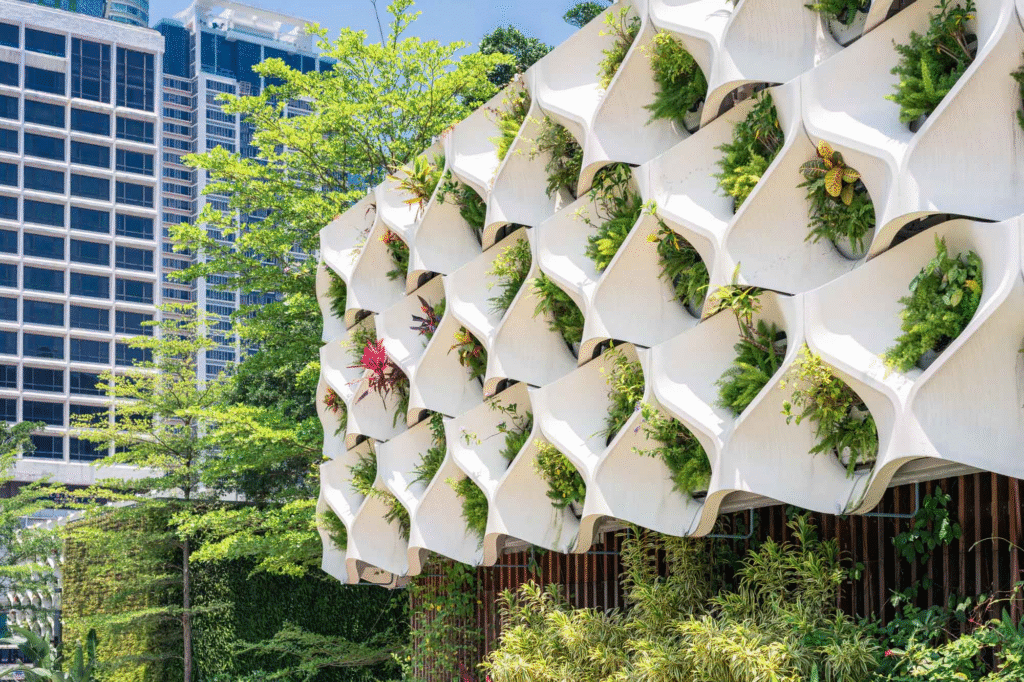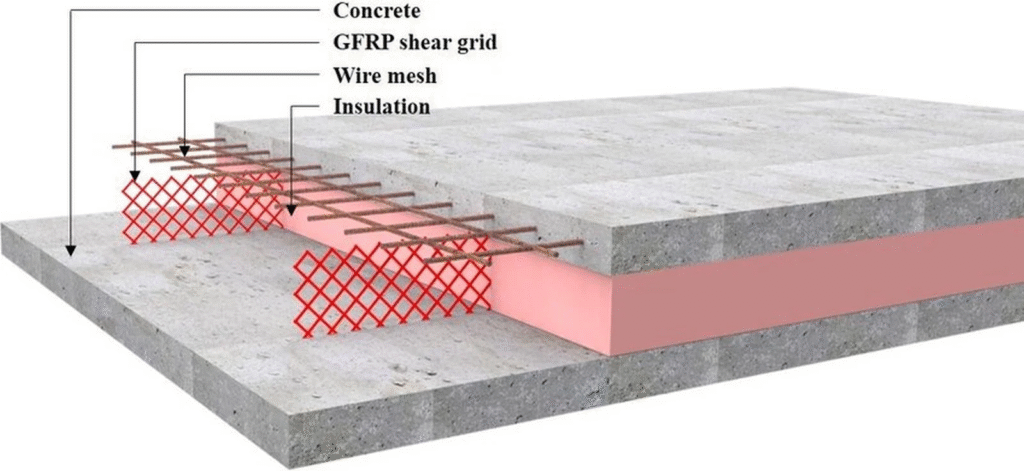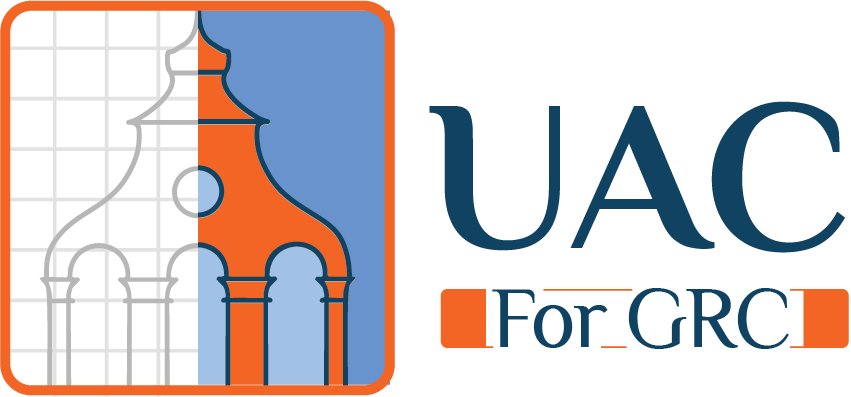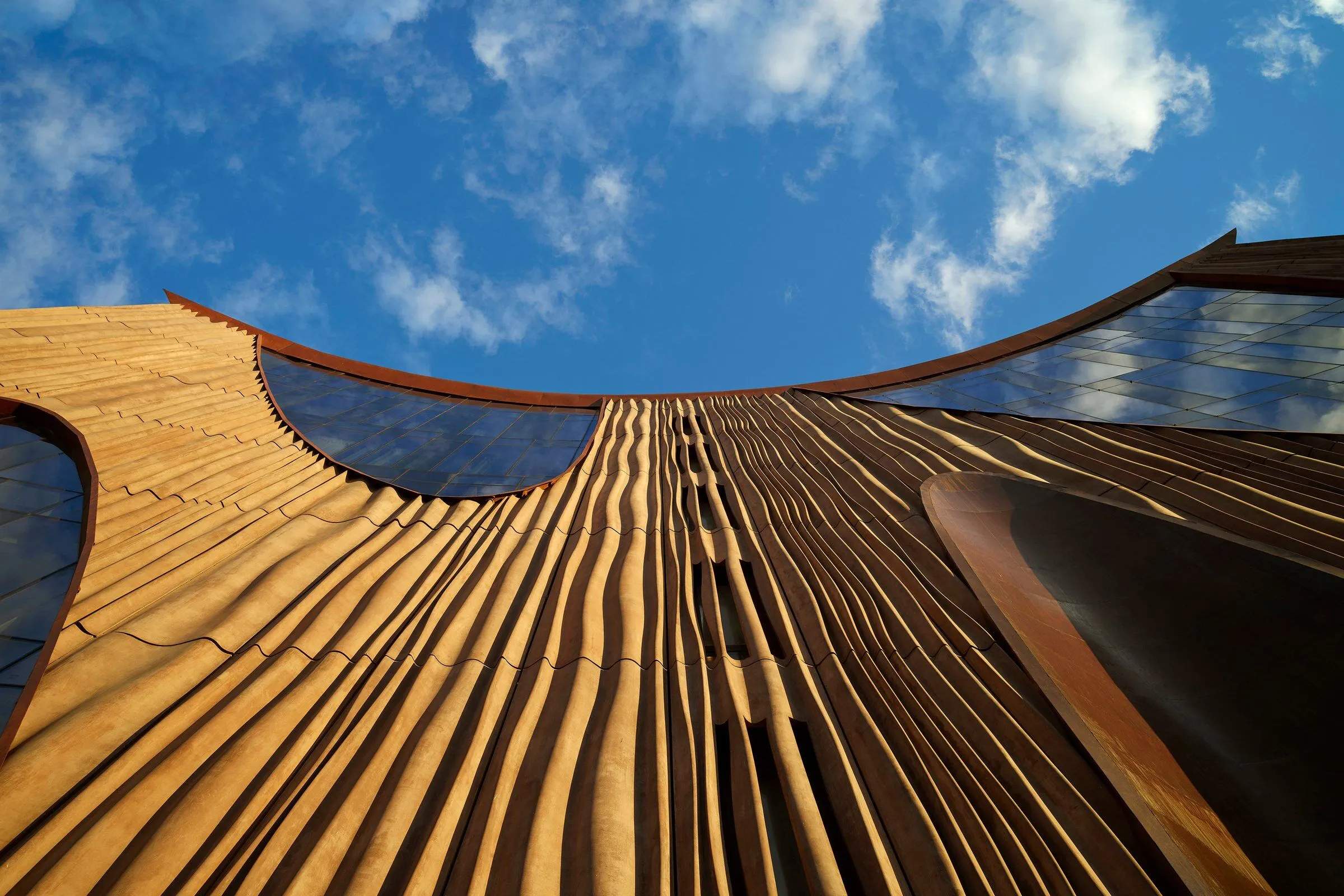As environmental challenges and climate change intensify, sustainability in architecture and construction has become a strategic necessity. This has driven demand for intelligent, eco-friendly materials—such as Glassfibre Reinforced Concrete (GRC)—which offer high performance in designing and executing environmentally responsible buildings.
In this comprehensive technical article, we explore how GRC helps meet international sustainability standards such as LEED, BREEAM, and WELL, and why it’s the material of choice for developers and engineers aiming to create sustainable, cost-effective, and aesthetically compelling environments.
1. What is Sustainable Building?
Sustainable building refers to constructing structures that meet current needs without compromising future generations. This concept involves:
- Reducing resource and energy consumption
- Minimizing carbon emissions
- Using recyclable or renewable materials
- Enhancing the indoor environment and user wellbeing
Key global sustainability standards include:
- LEED: Leadership in Energy and Environmental Design
- BREEAM: Building Research Establishment Environmental Assessment Method
- WELL: Focused on human health and comfort within buildings

2. Introduction to GRC and Its Eco-Friendly Qualities
GRC is a composite of cement, sand, water, and alkali-resistant glass fibers. It combines engineering excellence with environmental benefits, making it ideal for green construction.
Environmental advantages of GRC:
- Low energy consumption during production
- Lightweight = reduced fuel use during transport
- Long service life = less construction waste
- Highly recyclable and reusable
3. How GRC Contributes to Sustainability Certifications
1. Reducing a Building’s Carbon Footprint
- GRC requires lower production temperatures than conventional reinforced concrete
- Lighter panels reduce structural load = less material usage overall
2. Thermal and Energy Efficiency
- GRC is often used in double-skin façades for high-performance thermal insulation
- Can be combined with insulating materials to reduce energy use by up to 40%
3. Recycling and Sustainable Resource Use
- GRC waste can be reused as filler or for producing new units
- Some manufacturers incorporate fly ash or blast furnace slag to improve sustainability
4. Durability and Low Maintenance
- Highly resistant to corrosion, salt, and moisture
- Requires no periodic repainting or major repairs = reduced long-term resource use
5. Passive Building Design Support
- GRC enables advanced design features like natural ventilation openings, overhangs, and shading elements, reducing reliance on air conditioning
4. Sustainability Comparison: GRC vs Other Building Materials
| Material | Energy Use | Carbon Emissions | Recyclability | Lifespan | Weight |
| GRC | Low | Low | High | Very Long | Lightweight |
| Traditional Concrete | High | High | Moderate | Medium | Heavy |
| Steel | High | Very High | High | Long | Very Heavy |
| Aluminum | Very High | High | High | Medium | Lightweight |

5. Case Studies: GRC in Sustainable Projects
1. Dynamic Façade for a Cultural Center in Dubai
Lightweight GRC panels integrated with natural shading features
Result: Energy consumption reduced by 35%
2. Eco-Friendly Municipal Building in Canada
GRC used to construct thermally insulated façades
Result: Achieved LEED Silver certification3. Green University in Germany
GRC panels installed with natural ventilation systems
Result: Reduced air-conditioning consumption by 40%
6. Sustainable Design Features with GRC
A. Naturally Ventilated Façades
GRC allows airflow, reducing heat buildup inside buildings.
B. Integrated Solar Panels
Photovoltaic cells can be embedded into GRC panels for renewable energy generation.
C. Suitable for Harsh Climates
Excellent resistance to corrosion and salinity makes GRC ideal for coastal and desert regions.
7. Economic Benefits of Sustainable GRC
- Reduces annual maintenance costs by up to 50%
- Lowers transport and installation expenses due to its light weight
- Increases property value during resale or leasing
- Improves environmental credentials = stronger market appeal
8. How UAC GRC Supports Sustainable Projects
At UAC GRC, we are committed to building a responsible future through:
- Use of certified, recycled raw materials
- Development of energy-efficient, lightweight GRC products
- Expert consultation to help clients score green building points (LEED, BREEAM, etc.)
- Collaboration with developers to create tailored sustainable design solutions
Looking to create a greener, smarter building?
Contact UAC GRC for expert support and sustainable GRC solutions.


